Rifleman Michael Swain is the only British Service man to have undergone a cutting-edge surgical procedure known as osseointegration. He explains how it feels to be walking after years of waiting.
"I joined 3 Rifles in November 2007, when I was 17, and deployed to Afghanistan in September 2009. I was blown up by IED in Helmand Province less than two months later, on 8 November. I was 19 years old."
"After years of trying to walk on a socket I got to the point where I’d had enough. The injuries to my right leg in particular meant it was short to begin with, but in the last five and a half years both have been made shorter and shorter as a result of all sorts of revisions and operations. I came to the conclusion that if I was ever going to walk again, it wouldn’t be through sockets."
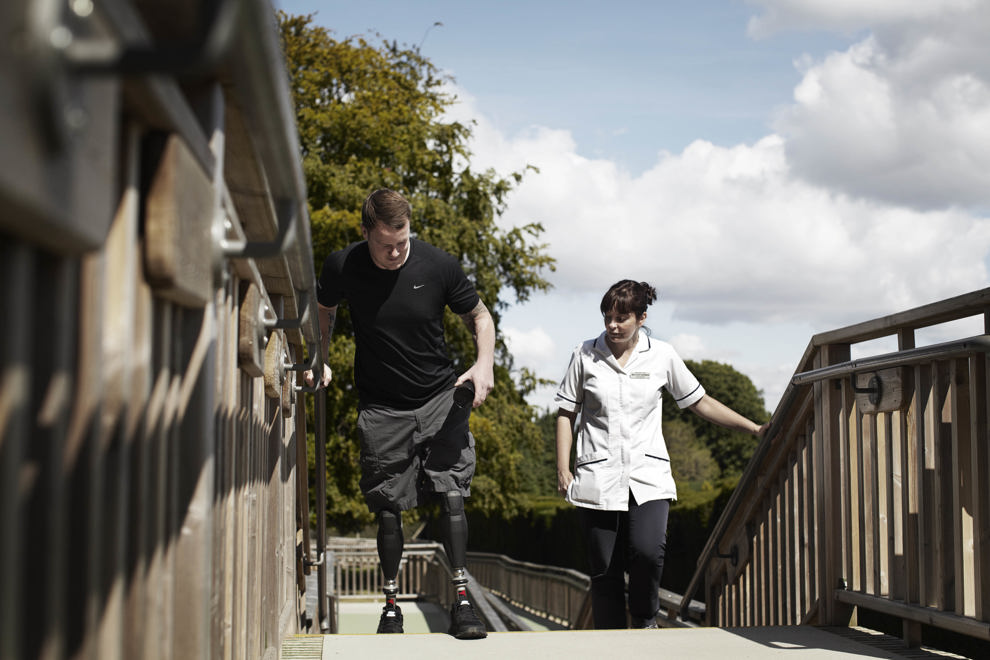
"It’s changed my life. I don’t worry about my legs, or prosthetics, or walking, or not being able to do things any more – I just click my legs on and get on with it. The change was instant, and the control and movement I have now are amazing – it really made an impact straight away. Before I knew it I was trying new stuff; going to the park with my son, walking the dog for a few miles. Before the operation, whenever we’d go somewhere, I’d want to know what the ground was going to be like, or how far we were going to walk but now I just don’t question it. Going to different places doesn’t phase me now. I just crack on with it."
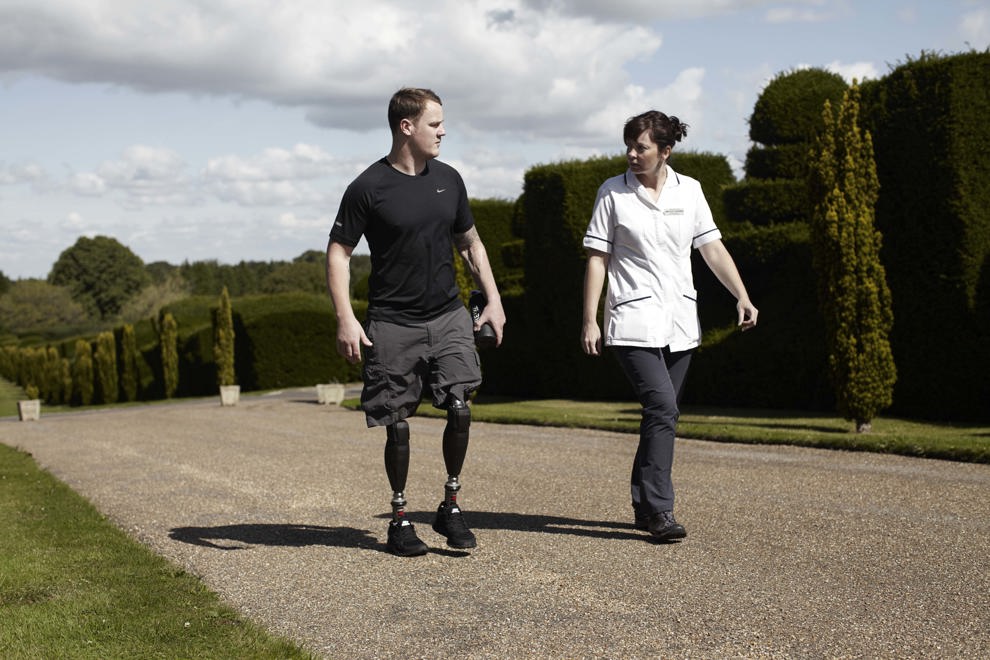
A step-by-step guide to osseointegration
1) A titanium rod is inserted into the middle of the bone using a technique similar to that in a hip replacement operation. Small fins stick out from the rod to keep it in place in the first few weeks. The rod’s surface is also sprayed with a highly porous plasma that allows the bone to grow into it, producing an incredibly strong bond
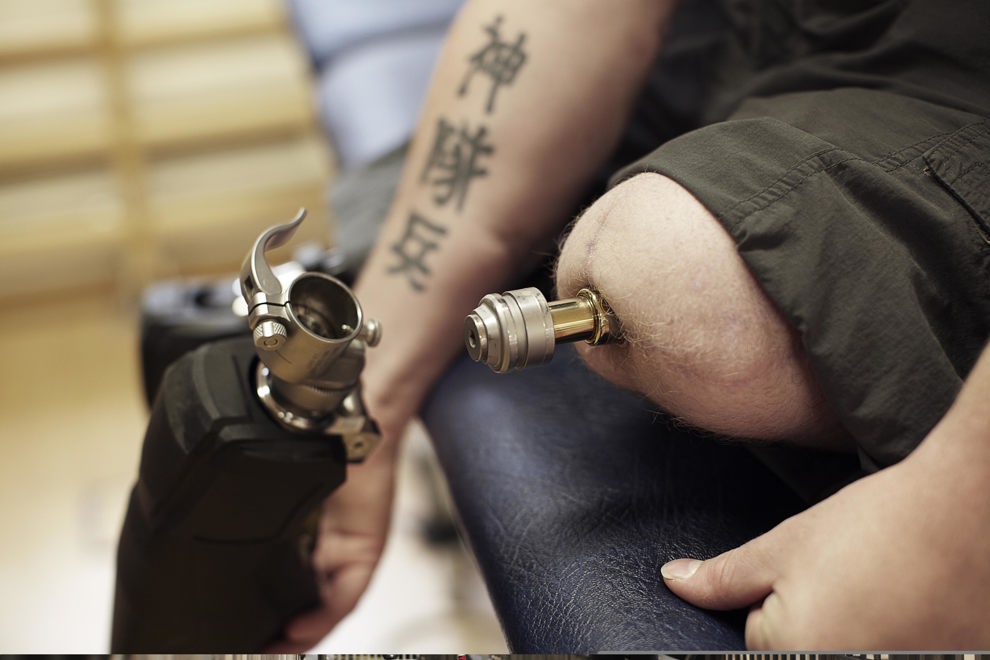
2) At the base of the stump the skin heals to the bone to form a seal around the implant. The base of the rod, which protrudes through the skin for several inches, is coated with a bacterial repellant called Niobium Titanium Oxide to combat the risk of infection.
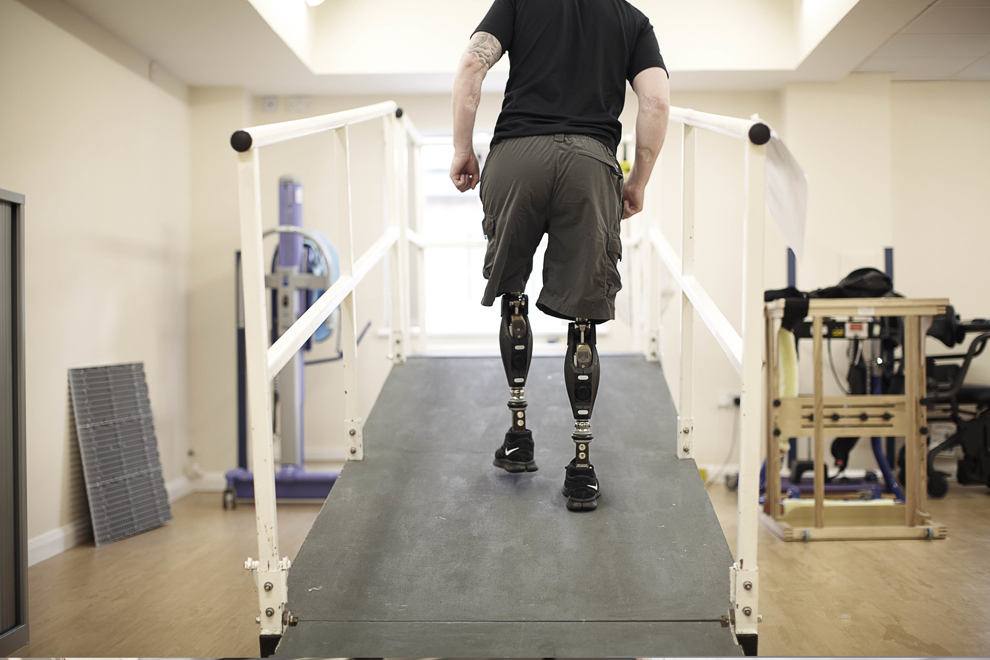
3) An attachment at the end of the implant allows an off-the-shelf prosthesis to be clipped on and off in a matter of seconds. The entire procedure is usually carried out with two operations, eight weeks apart
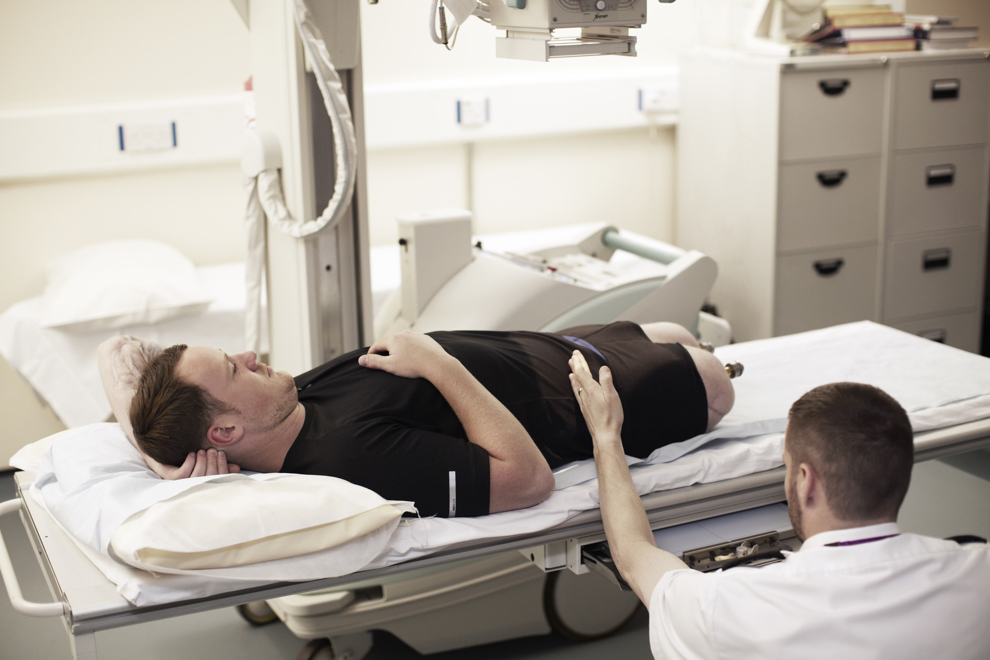
For more info on Mike visit www.michaelswainmbe.co.uk
We can help
We are dedicated to assisting serving and ex-Service men and women who have suffered life-changing limb loss or the use of a limb, an eye or sight. We support these men and women in their communities throughout the UK. Click the link below to find out the different kinds of support we offer.
Get Support
2 Comments
Tracey
RedditchDanielle
BristolLeave a comment
Join fellow Members and supporters to exchange information, advice and tips. Before commenting please read our terms of use for commenting on articles.